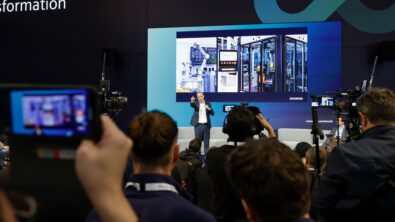Corporate
Jack @ GM
Kenneth Wong wrote a great article called “GM Puts Digital Humans to Work” which was published in Desktop Engineering. This is based on an interview with Bob Tilove, a technical fellow at General Mot...
Kenneth Wong wrote a great article called “GM Puts Digital Humans to Work” which was published in Desktop Engineering. This is based on an interview with Bob Tilove, a technical fellow at General Motors’ Manufacturing Systems Research Lab. There is a lot of detailed information about the use of digital humans in product engineering and manufacturing in this article.
One of the questions and more important the answer caught my attention:
“What are the shortcomings you’ve noticed in digital human models that come with current PLM systems?
Tilove: We do have digital human models or computer manikins in commercial tools, and we try to use them to assess reach, access, and ergonomics. But the problem is, the digital human models today are not too smart. They’re like those wood human models you may have seen that artists use. You can put its hands somewhere, you may reposition its torso … but you can’t just tell a digital human to reach into a cluttered environment and install a part. (…)”
I discussed this with Ulrich Raschke, Director of the Tecnomatix Ergonomics Products and he came up with two interesting developments which will help Bob to overcome some of the problems he mentioned:
Force based posturing: with the force based posturing, the figure now automatically knows where to stand to accomplish a task, and can automatically compute a posture based on the task conditions.
Stair climbing: The Stair climbing also automates what used to be a very laborious thing to do.
These features are available already in the latest version. There are more in development, meaning we are very much aligned with the vision that Bob is promoting.
BTW: in one of my previous blog post, Ulrich talks about how digital humans help to validate the product design.




